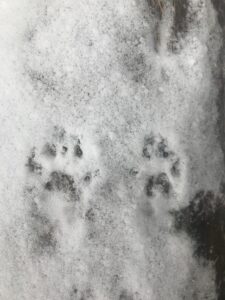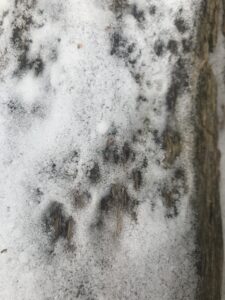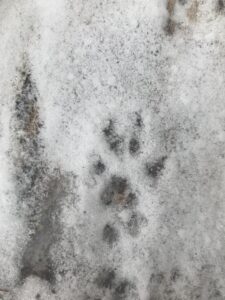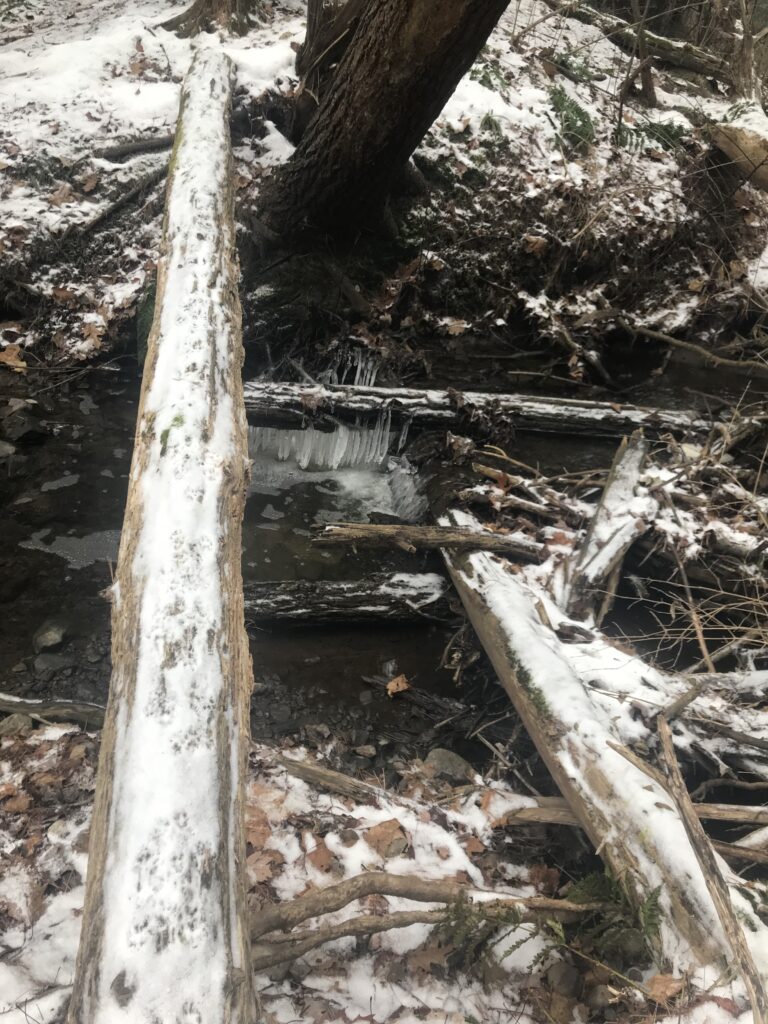Throughout the various landscapes of Vermont there is evidence of a people existing on this land as long as 12,000-13,000 years ago. These people, the Abenaki, lived in conjunction with the landscape, living a life with little ecological impact until first European contact in 1609 by Samuel Champlain. Although Champlain visited then. it was until 1615 that the Abenaki were contacted by Europeans (Klyza, Trombulak). Whi1le the French requently visited the area that is now Vermont to trade fur with the Abenaki, no official European colonies were established here until 1763. BY this point Europeans had discovered the fruitful bounty that the forests of the North East can provide so by the 1800s mass deforestation efforts were underway. Prior to this “Great Cutover” some trees had been exported to be used as naval masts for the British Navy however it was until they were deprived of their main lumber source in the Balkins that this trade flourished (Klyza, Trombulak). Since the majority of forested land was viewed as a nuisance to farming, the Great Cutover took place during the 1800s with the initial goal of clearing land for sheep farming. Seeing as how Centennials woods fell under the category of nuisance land, most of it was most likely cleared. This assumption is evidenced by the high presence of new growth species such as birches. Additionally, throughout Centennial there are trees with barbed wire growing in them. Since barbed wire was used extensively during this sheep farming era, one may assume that these are remnants from this time, especially because it would take many years for the trees to begin incorporating the wire into themselves.
While I do not know the exact use each family had for the land, UVM purchased Centennial from Baxter, Ainsworth, Hickock, Kirby, and Unsworth in 1891, 1904, 1908, 1938 and 1968 respectively. After purchasing the land, the University used it for various purposes such as a dumping ground for cadavers from the medical center (credit TA Mike Perrin for this story). In 1974, the Universities Board of trustees established Centennial Woods to be one of 9 UVM Natural Areas. Establishing the status of a Natural Area protects the land with its strict guidelines so Centennial now serves the needs of UVM students and hikers alike. Today, Centennial Woods is primarily used as hiking ground and as an area for UVM students of professors to conduct environmental work.
Citations:
Board of Trustees, University of Vermont. (1974, April 20). UVM Natural Areas. Retrieved from: http://www.uvm.edu/~uvmsc/Centennial%20Woods/UVM_Natural_Areas_1974001.pdf
Klyza, C. M., & Trombulak, S. C. (2015). The story of Vermont a natural and cultural history. Hanover: University Press of New England.
UVM Libraries Research Guides: Centennial Woods Natural Area: History. (n.d.). Retrieved from http://researchguides.uvm.edu/c.php?g=290508&p=1935271






